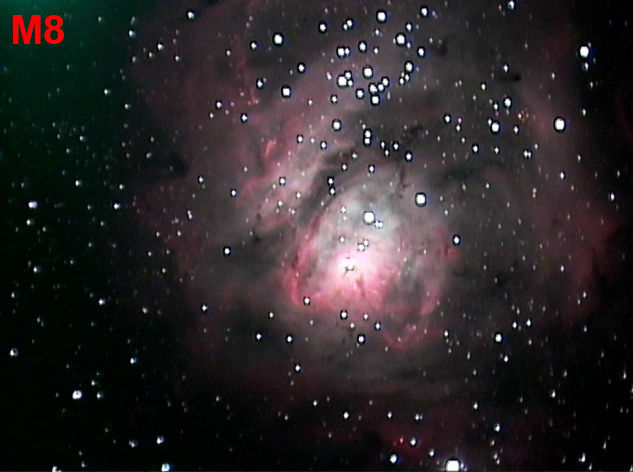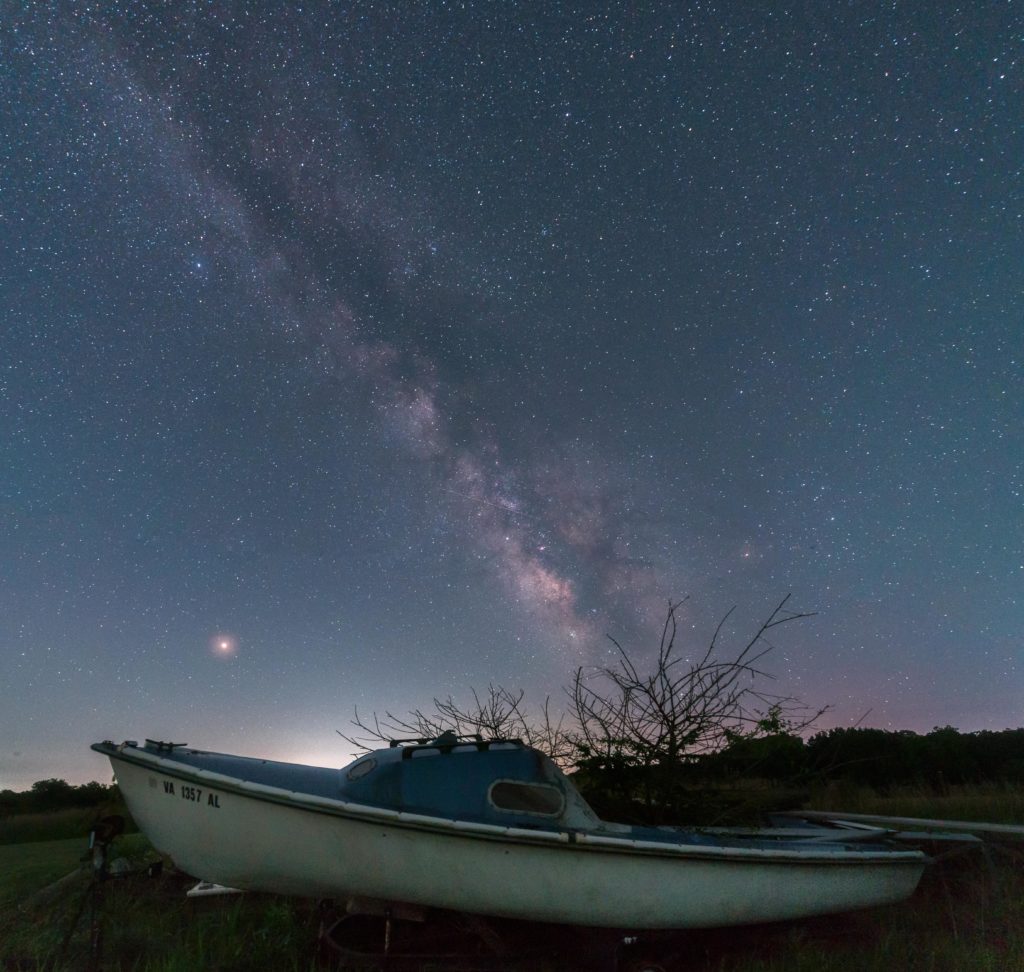
“All things lovely will have an ending”, wrote author Conrad Aiken, and the end is coming soon for the venerable Yerkes Observatory on Lake Geneva in the pleasant resort village of Williams Bay, Wisconsin. The University of Chicago, which operates the observatory, announced earlier this year that Yerkes will close on October 1, 2018, and all public tours and scientific and educational activities will cease after more than 120 years of operations [Read more…] about A Requiem for Yerkes Observatory
Share This:


 Many casual observers get hooked on amateur astronomy after a first look at Saturn through a telescope. More than a few have looked through my small refractor on a night of good seeing and asked of Saturn, “Is it real?” Yes, it is real. And it’s one of the most beautiful things you will ever see. The color of Saturn, the proportions, the apparent 3D perspective of this grand icy world make it arguably the finest sight accessible with a small telescope. The planet reaches opposition on June 27, 2018 and will remain bright and large in a telescope over the next few months. Here’s how to find it and see it in a small telescope.
Many casual observers get hooked on amateur astronomy after a first look at Saturn through a telescope. More than a few have looked through my small refractor on a night of good seeing and asked of Saturn, “Is it real?” Yes, it is real. And it’s one of the most beautiful things you will ever see. The color of Saturn, the proportions, the apparent 3D perspective of this grand icy world make it arguably the finest sight accessible with a small telescope. The planet reaches opposition on June 27, 2018 and will remain bright and large in a telescope over the next few months. Here’s how to find it and see it in a small telescope.